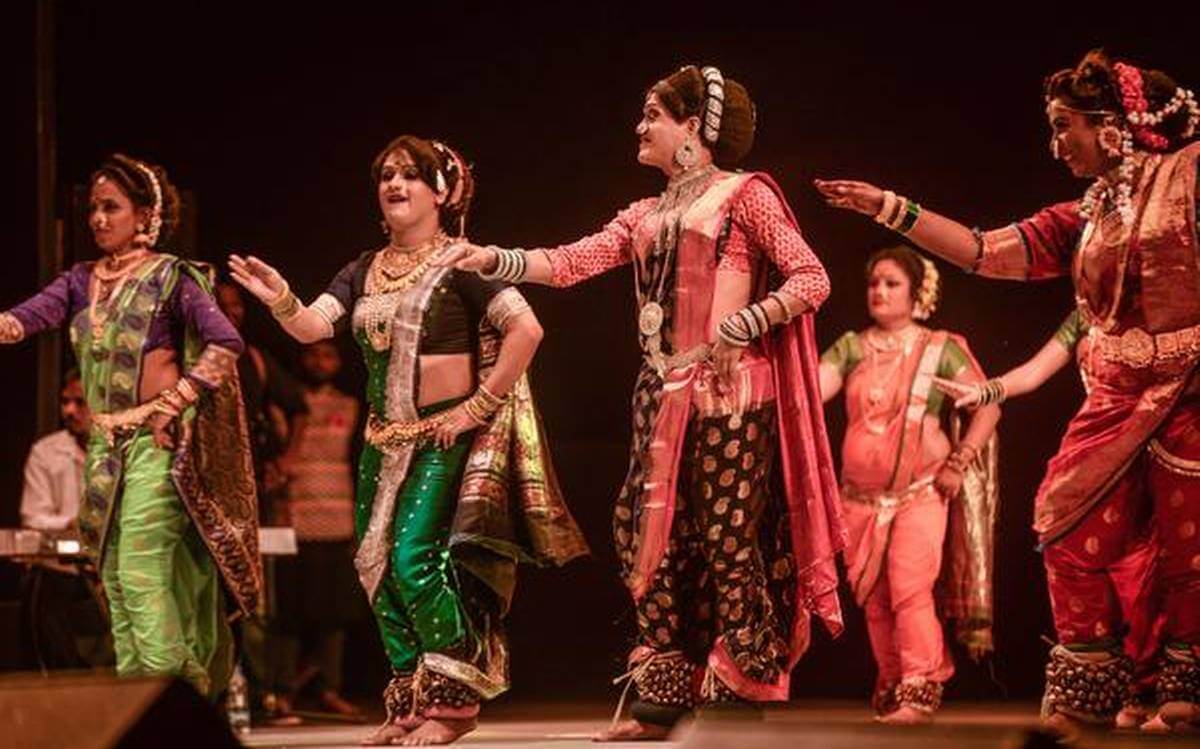
Marathi culture is a vibrant tapestry of traditions, festivals, and art forms that have evolved over centuries. Rooted in the state of Maharashtra, India, this culture boasts a rich history and diverse influences. From the grandeur of Ganesh Chaturthi to the intricate Warli art, Marathi traditions offer a unique glimpse into the region's soul. The language itself, Marathi, is one of India's oldest and most spoken languages, adding to the cultural depth. Whether it's the mouth-watering Puran Poli or the rhythmic beats of Lavani dance, every aspect of Marathi culture tells a story. Dive into these 22 fascinating facts to uncover the essence of Maharashtra's heritage.
Key Takeaways:
- Marathi culture is rich in history, with a 1300-year-old language and a significant role in Indian history. Festivals, art, cuisine, attire, and social customs all contribute to its vibrant and diverse heritage.
- Marathi culture is deeply rooted in traditions, art, and literature. From colorful festivals to elegant traditional attire, it reflects a strong sense of community, respect, and family values.
Rich History
Marathi culture boasts a rich history that spans centuries. This vibrant culture is deeply rooted in traditions, art, and literature.
- The Marathi language is over 1300 years old, making it one of the oldest languages in India.
- The Maratha Empire, founded by Chhatrapati Shivaji Maharaj in the 17th century, played a significant role in Indian history.
- Pune, a city in Maharashtra, was the cultural capital of the Maratha Empire and remains a hub of Marathi culture today.
- The first Marathi newspaper, "Darpan," was published in 1832 by Balshastri Jambhekar.
Festivals and Celebrations
Festivals in Marathi culture are colorful, vibrant, and filled with joy. They reflect the community's deep-rooted traditions and beliefs.
- Ganesh Chaturthi, a festival dedicated to Lord Ganesha, is celebrated with immense fervor and grandeur in Maharashtra.
- Gudi Padwa marks the Marathi New Year and is celebrated with traditional rituals, including the raising of the Gudi flag.
- Makar Sankranti, celebrated in January, involves flying kites and preparing sweets made of sesame seeds and jaggery.
- Diwali, the festival of lights, is celebrated with the lighting of oil lamps, bursting of firecrackers, and preparation of sweets.
Art and Literature
Marathi culture has a rich tradition of art and literature that continues to thrive. From classical music to contemporary literature, it offers a diverse range of artistic expressions.
- Lavani, a traditional dance form, is known for its powerful rhythm and quick tempo.
- Bhavageet, a genre of Marathi music, focuses on poetic lyrics and is often performed in a soulful manner.
- The first Marathi novel, "Mochangad," was written by Naro Sadashiv Risbud in 1871.
- Marathi theatre has a long-standing tradition, with playwrights like Vijay Tendulkar contributing significantly to Indian drama.
Cuisine
Marathi cuisine is a delightful blend of flavors, spices, and textures. It offers a wide variety of dishes that cater to different tastes and preferences.
- Puran Poli, a sweet flatbread stuffed with jaggery and lentils, is a popular festive dish.
- Vada Pav, often referred to as the Indian burger, is a beloved street food in Maharashtra.
- Misal Pav, a spicy curry made with sprouted lentils, is typically served with bread and garnished with onions and lemon.
- Modak, a sweet dumpling, is considered a favorite of Lord Ganesha and is especially prepared during Ganesh Chaturthi.
Traditional Attire
Traditional attire in Marathi culture is both elegant and practical. It reflects the region's climate, lifestyle, and cultural heritage.
- The Nauvari saree, a nine-yard saree, is traditionally worn by Marathi women and is known for its unique draping style.
- Men often wear a dhoti and kurta, along with a pheta, a traditional turban that signifies honor and respect.
- Paithani sarees, known for their intricate designs and vibrant colors, are a symbol of Maharashtrian craftsmanship.
- Kolhapuri chappals, handcrafted leather sandals, are famous for their durability and comfort.
Social Customs
Marathi social customs are deeply rooted in respect, community, and family values. These customs have been passed down through generations and continue to be an integral part of daily life.
- The concept of "Athithi Devo Bhava," meaning "The guest is God," is a fundamental principle in Marathi hospitality.
- Marathi weddings are elaborate affairs that include rituals like Sakhar Puda (engagement), Haldi (turmeric ceremony), and Saptapadi (seven steps around the sacred fire).
Celebrating Marathi Culture
Marathi culture is a vibrant tapestry of traditions, festivals, and history. From the grandeur of Ganesh Chaturthi to the flavors of Puran Poli, each aspect tells a unique story. The language, with its rich literary heritage, continues to inspire generations. Folk arts like Lavani and Tamasha showcase the region's artistic flair, while historical sites like Ajanta and Ellora caves highlight its ancient roots.
Understanding these facets helps appreciate the depth and diversity of Maharashtra. Whether you're exploring its bustling cities or serene villages, the warmth and hospitality of Marathi people leave a lasting impression. Embracing this culture means diving into a world where past and present beautifully intertwine. So next time you hear the rhythmic beats of a dhol or taste a spicy vada pav, remember the rich heritage that makes Marathi culture truly special.
Frequently Asked Questions
Was this page helpful?
Our commitment to delivering trustworthy and engaging content is at the heart of what we do. Each fact on our site is contributed by real users like you, bringing a wealth of diverse insights and information. To ensure the highest standards of accuracy and reliability, our dedicated editors meticulously review each submission. This process guarantees that the facts we share are not only fascinating but also credible. Trust in our commitment to quality and authenticity as you explore and learn with us.
